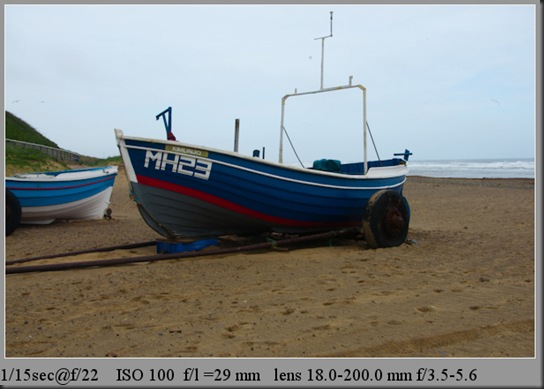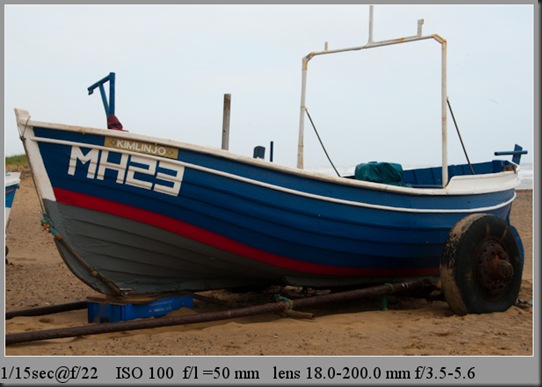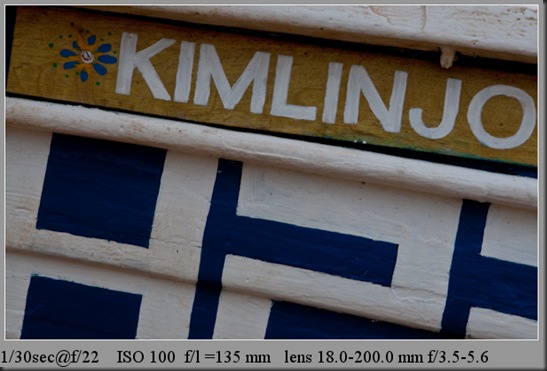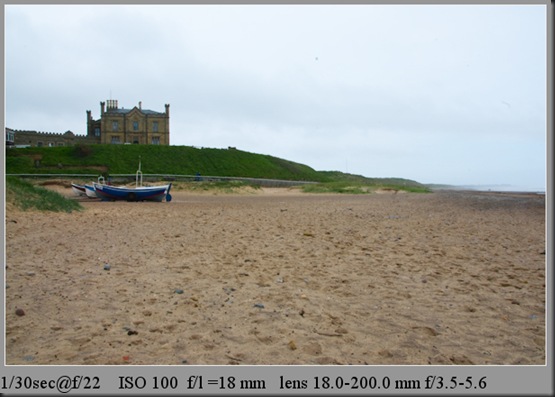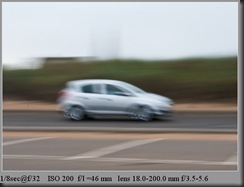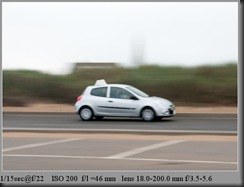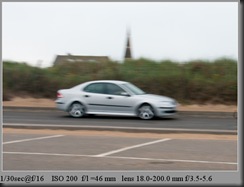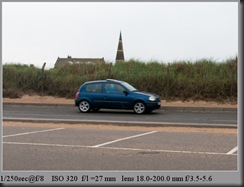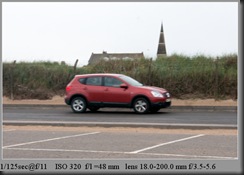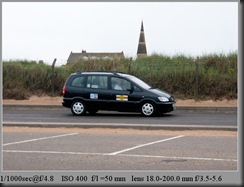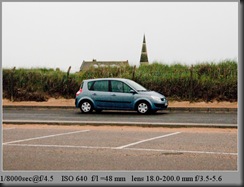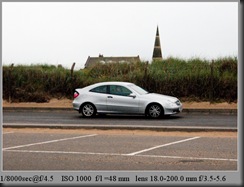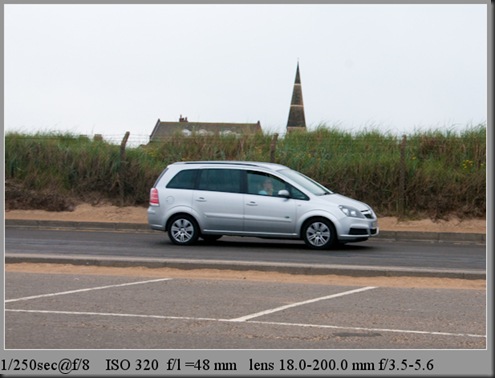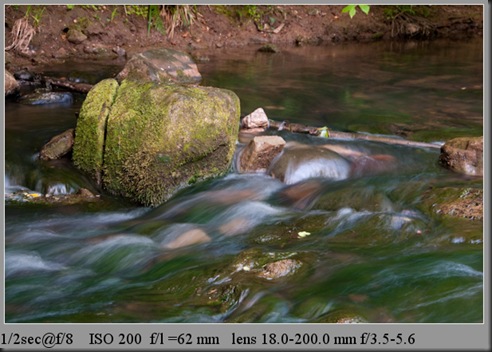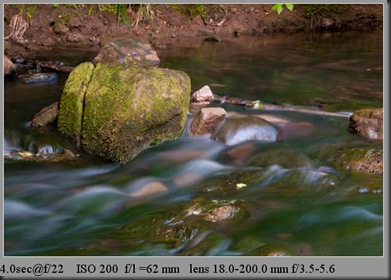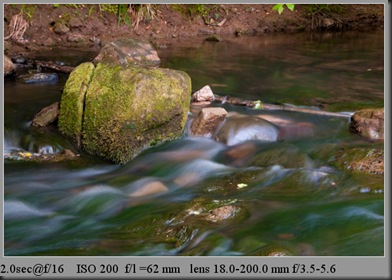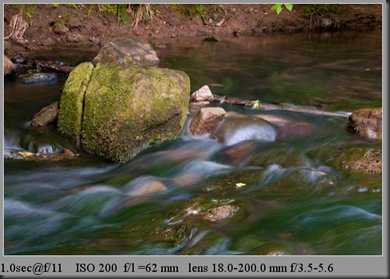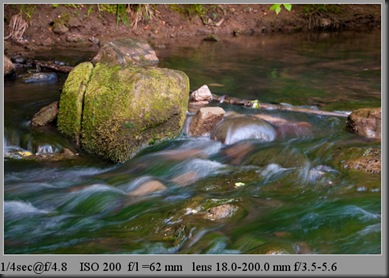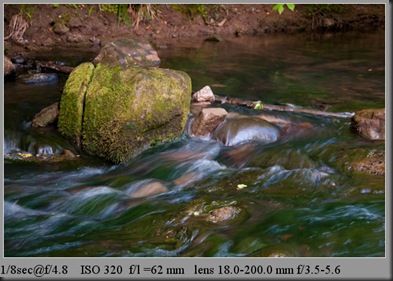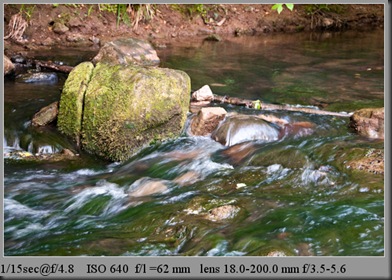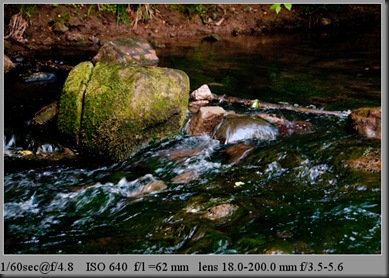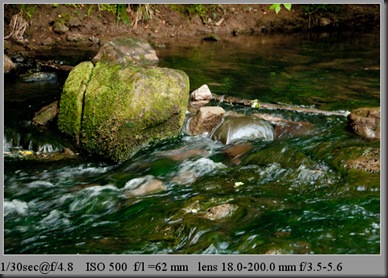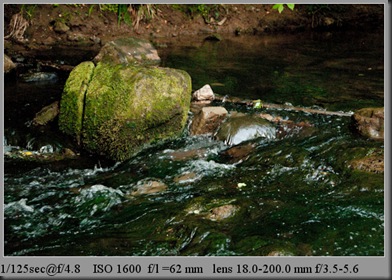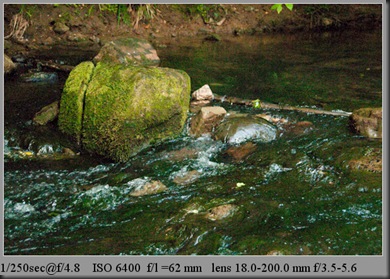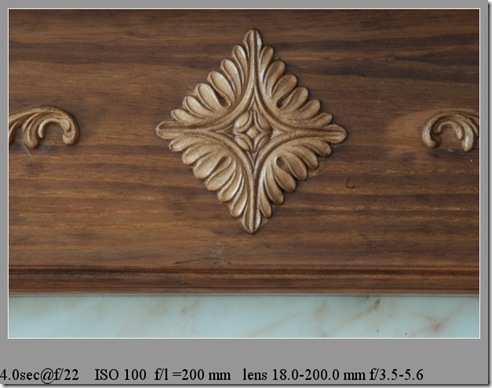The first exercise proper following on from getting to know your camera. This part of the course in named the frame
or thinking about composition .Really looking forward to this part of the course as it makes me start examining the composition of images .
Through a series of four images this project encourages me to experiment with how much space a subject could take within the frame of the viewfinder.
The first image shows the entire subject within the frame not taking too much time to consider the composition , a snap hot in effect.
In the second image the subject fills the frame from edge to edge
In image 3 i zoomed in to highlight a smaller section of detail from the main subject
In this 4th image, i moved back from the subject so that the subject occupies a much smaller area of the frame and to show the subject in the context of it’s surroundings.
Quite an interesting exercise for me this one , and i got some real benefit from it. Each view provides a totally different aspect and feeling .Previously i would have tried to produce a landscape image from the available surroundings and surprisingly my favourite image from this set is image three the image zoomed in to the small section of writing on the boat.
